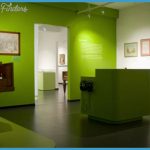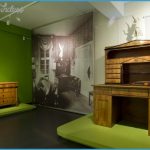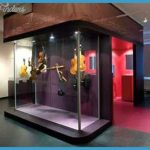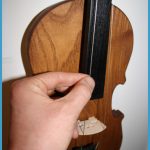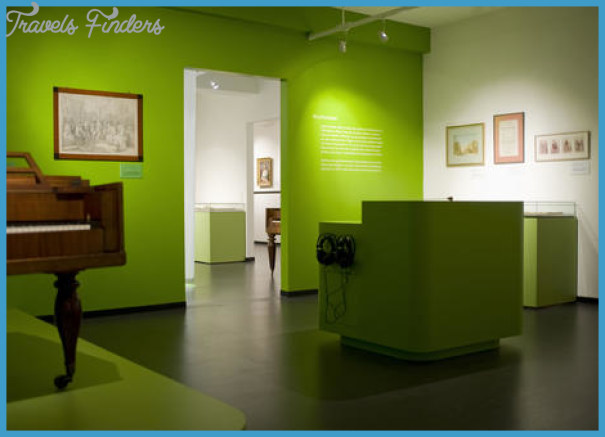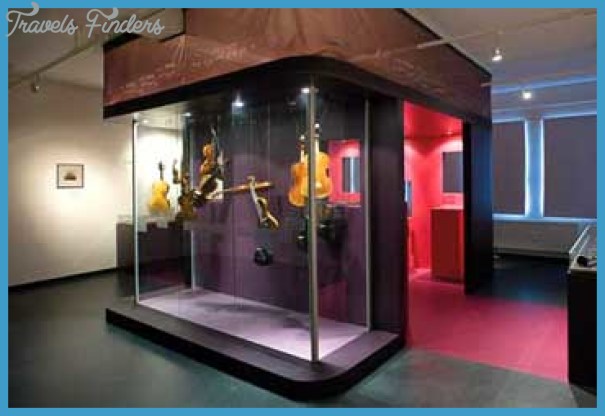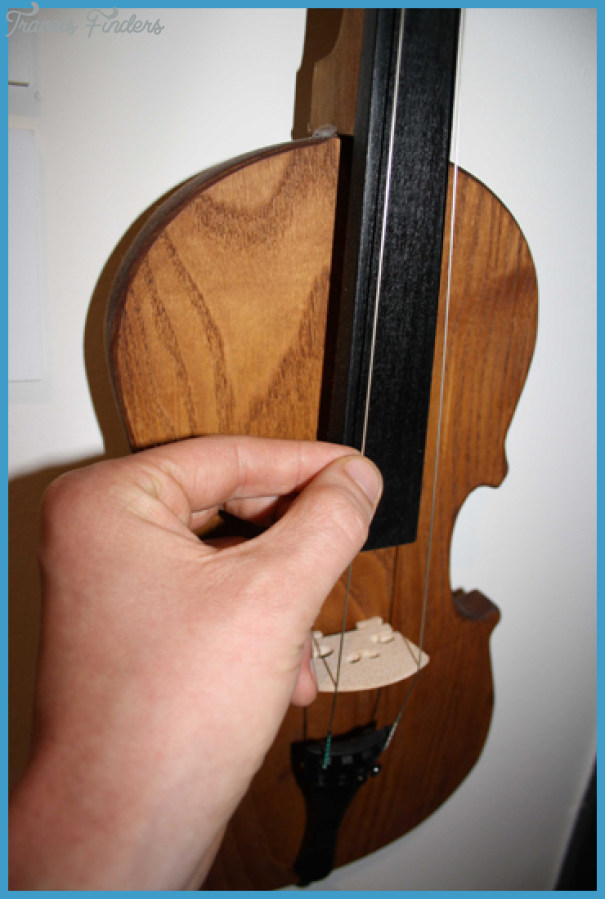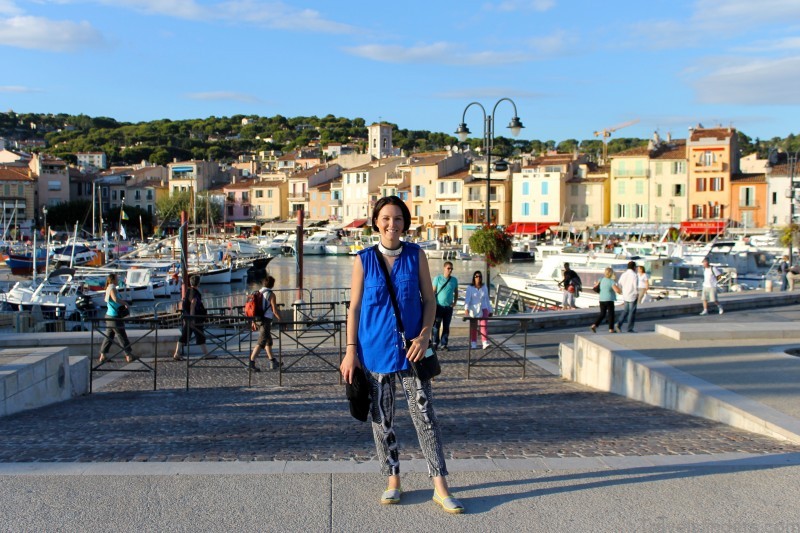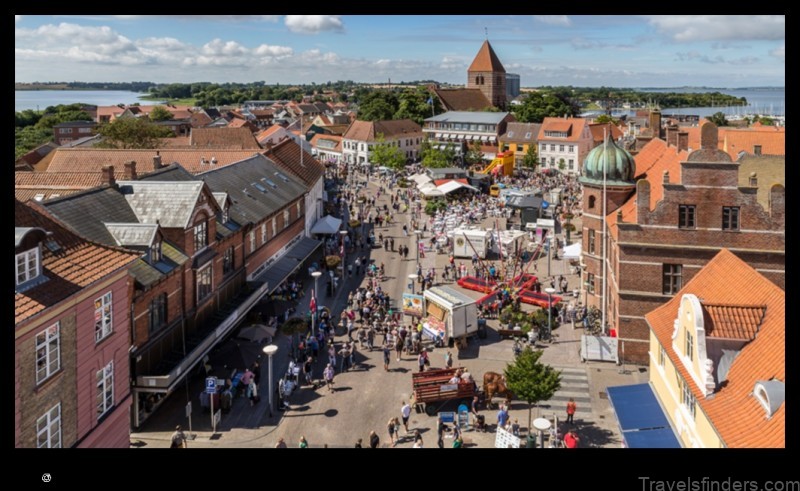SPOHR MUSEUM
A museum to Louis Spohr was established in Kassel as early as 1912. He spent nearly 40 years in the city, first as musical director of the court theatre, from 1822, then from 1847 as the city’s Generalmusikdirektor. Spohr was one of the great violinists of his day, among the most admired of composers (especially in England), and as conductor a pioneer in the use of the baton. Born in Brunswick in 1784 (the house of his birth survives, marked with a plaque), he spent the early part of his professional career at a variety of German musical centres as well as touring abroad.
The Kassel museum was closed under the Nazis in 1933; in 1954 the International Louis Spohr Society decided to re-create it and it finally reopened in 1967. It is now in a large, modern administrative building by the river Fulda in the centre of the city, the Palais Bellevue, where it shares a floor with a museum and archive commemorating the Brothers Grimm. The Spohr museum, part of which is a museum of violin playing, also has an archive, with a number of Spohr autographs, portraits (including a family album of silhouettes) and other illustrative material, along with programmes, newspaper cuttings, a voluminous Spohr genealogical archive, and a working library with many early editions and microfilms.
SPOHR MUSEUM Photo Gallery
There are four display rooms. The first presents Spohr as violinist, with exhibits concerning his pupils in Kassel (the so-called Kasseler Schule’), violin methods of the time and portraits of violinists; there is also a photograph of 1885 of Spohr’s own room (posthumous, of course: he died in 1859), and a maquette of one of his most popular operas, Zemire und Azor. In the next room the exhibits are more personal: Spohr’s own desk and commodes, family portraits, a watercolour of the family home, a Nadermann harp of the kind his first wife played, a bust, portraits, a bass flute that once belonged to his father (a surgeon), a presentation baton in ivory, some of his own scores and a silver loving cup presented to him by the court orchestra to mark his 25 years as their conductor.
The third room sets him among his contemporaries: it houses the Streicher piano from his house in Kassel (played by Mendelssohn, Clara Schumann and Liszt, among others), a group portrait of music-making in his home and portraits of Weber and Dussek, music including a dedication copy from Schumann of Fantasiestucke, medallions and visiting cards of various friends. Lastly, what is really a violin museum room: it contains instruments, letters and other documents concerning not only Spohr but also Paganini, Joachim and others, Bartok’s corrected proof copy of his Deux portraits, editions and autographs.

